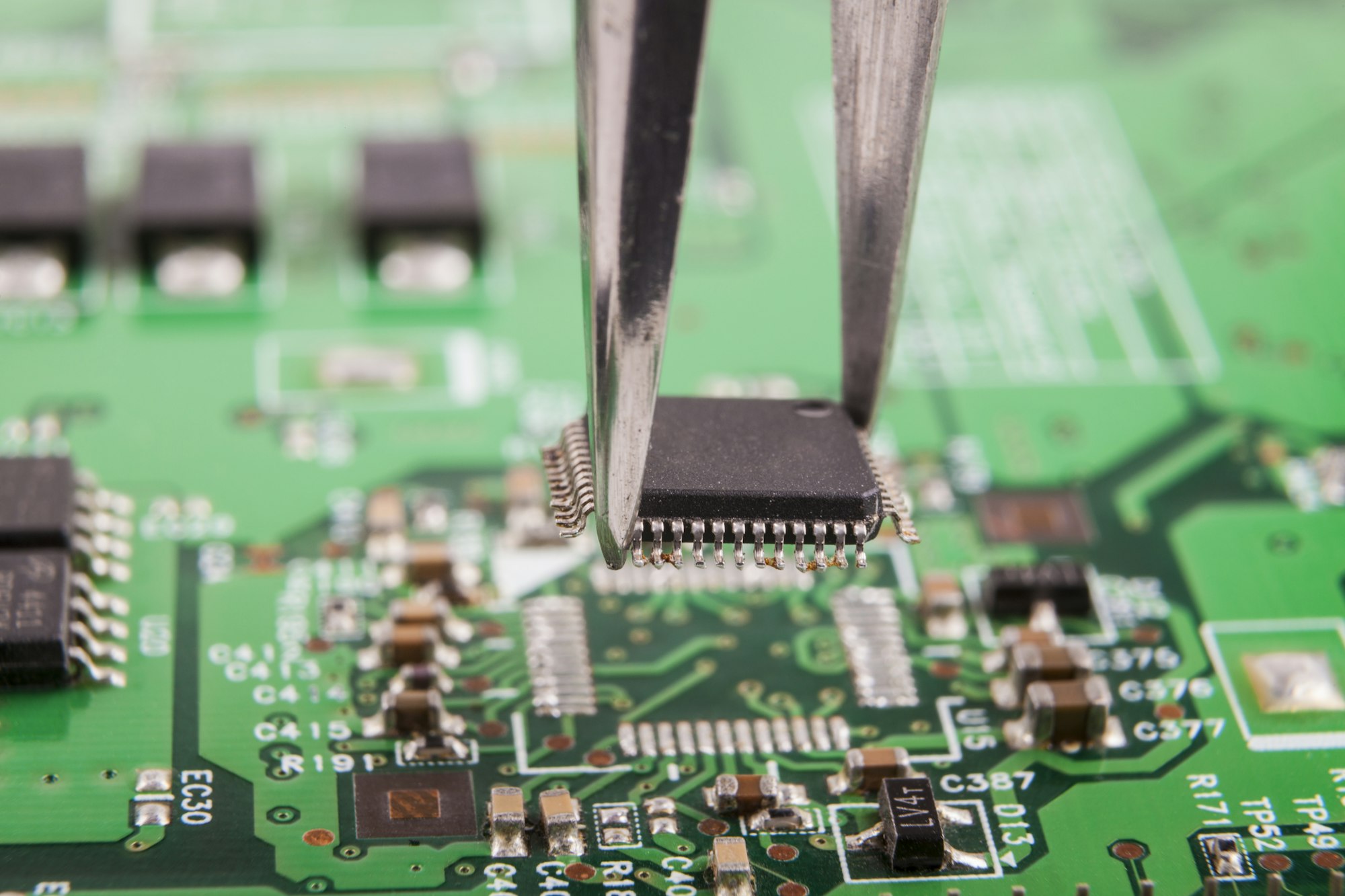Introduction
In the 21st century, when medical equipment is more portable, diagnosis is more accurate, and treatment is more effective, all this is due to a technology that is so complete but so inconspicuous: PCB. These complex circuits are the lifeblood of countless medical devices, pushing the frontiers of health technology into new realms of possibility.
Learn about PCBs
Since its inception in the early 20th century, PCBs have undergone fundamental transformations. What began as simple conductive paths etched on non-conductive substrates have evolved into complex, multi-layered devices customized for a range of medical applications. These carefully designed circuit boards once played only a supporting role in electronic devices, but have now evolved to play an integral role in driving technological advancement.
Importance
PCB is quietly changing the healthcare landscape. Their reliability, efficiency and compactness have simplified many medical procedures, replacing bulky equipment with portable precision instruments. By simplifying complex medical electronics, PCBs enable healthcare professionals to provide accurate diagnosis and effective treatment quickly and reliably.
Application
PCBs have found their way into numerous medical applications, greatly improving the quality and accessibility of healthcare. They are the power behind portable diagnostics that provide instant on-site analysis, and the brains behind wearable health monitors that track patient vital signs around the clock. Additionally, prosthetic limbs equipped with PCBs are given new life, closely mimicking the functionality of natural limbs. And in an emergency, a compact PCB powered defibrillator can mean the difference between life and death.
Looking to the future
The future of PCBs in healthcare is as limitless as our imagination. As they evolve into more flexible and sophisticated versions, the potential for more groundbreaking devices continues to grow. With the advent of flexible and bio-integrated circuits, PCBs will support more complex and miniaturized medical devices. The convergence of PCBs with emerging technologies such as telesurgery and remote disease management is expected to create a paradigm shift, making high-quality healthcare universally available and transforming patient care globally. This isn't just an improvement in health care, it's revolutionizing health care for everyone around the world.
Challenge
Despite encouraging progress, the process of integrating PCBs into medical technology remains challenging. The stakes in medical-grade PCB manufacturing are high, precision is critical, and there is no room for error. Navigating the complexities of regulatory compliance and environmental sustainability adds layers of difficulty, so cutting-edge innovation must be balanced with ethical and social responsibility.
Conclusion
When we think about the role of PCBs in medicine, they are critical to the continued transformation of healthcare. The numerous contributions of PCBs underscore their integral role in advancing medical science. The development of PCB technology not only marks a leap in healthcare capabilities, but also demonstrates the collaborative spirit of different disciplines working together to improve the human condition.


